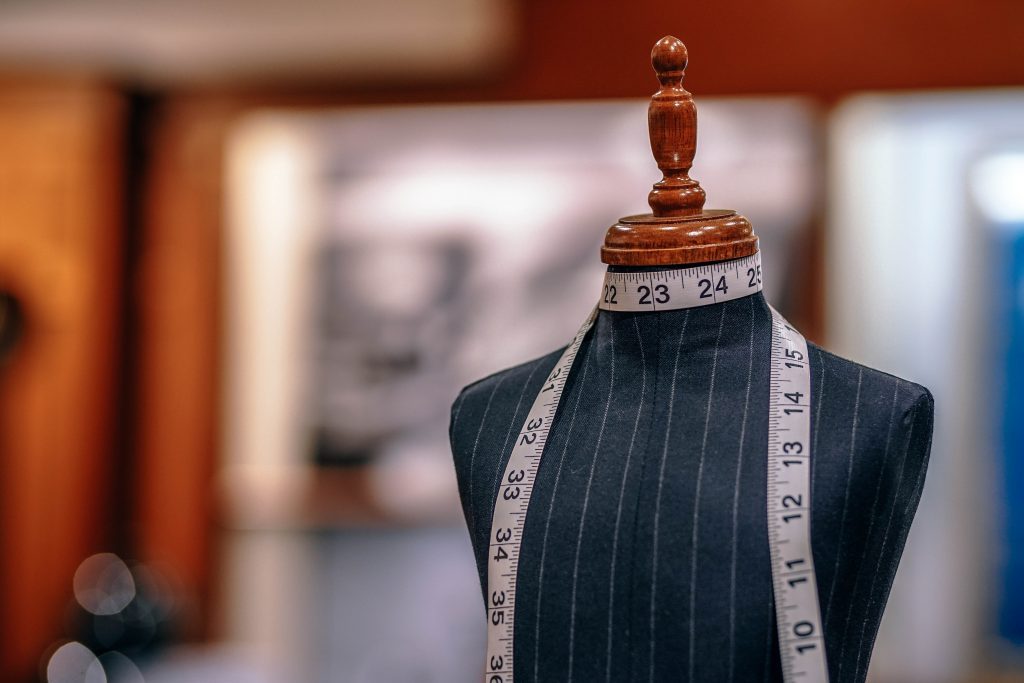
The accumulation of data points for every person on earth continues at an amazing rate, and from an amazing diversity of sources. The Washington Post reports on Indochino and other clothing retail operations that are collecting dozens of data points on each customer. These include traditional measures for waist and collar size, as well as many others including height, weight, and a customer’s past jobs or even past pregnancies. The shape of privacy has now grown into the privacy of shape.
The article points out that some of the data, if it were collected by a U.S. hospital would be subject to the U.S. Health Insurance Portability and Accountability Act of 1996 (HIPAA) — but since it is occurring as part of a non-health related business, the collection and sharing of the data is not limited. The shape data are combined with shopping, spending, and other personal data histories to create a more complete picture of the consumer.
For an even more complete picture, Amazon sells a “bedroom camera,” which will offer opinions on what you are wearing. “Do I look fat in this ?” … the stereotypical “dreaded question” for any husband, might now get an opinion from Alexa. (Can you divorce your home AI? or perhaps at least sue for defamation?) It is not clear if the bedroom camera shares images online, is activated by a power switch, or might be subject to hacking, but it is one more step “forward” in the Internet of Things.
The privacy of shape data may fall into the category “legal but not flattering.” Given the range of shaming that emerges on the Internet and other media, coming from celebrities and not just anonymous web users, we can anticipate new forms of bulling and abuse. There are dating sites that use credit scores — will there be future sites that select by body characteristics? Or perhaps this is just an augmentation of current dating sites where pictures are already a selection factor. Worse, will persons who feel they are not within the metrics promoted by some on-line sources have this feed depression, or diseases such as anorexia?
Finally, I can envision cross connecting this with other data analysis, such as the facial evaluations done by Dr. Michal Kosinski, to deduce even more secrets about individuals that have thus far remained hidden. As with so many other technological advances in the field of personalization, the privacy of shape is an additional point of concern.






 JOIN SSIT
JOIN SSIT